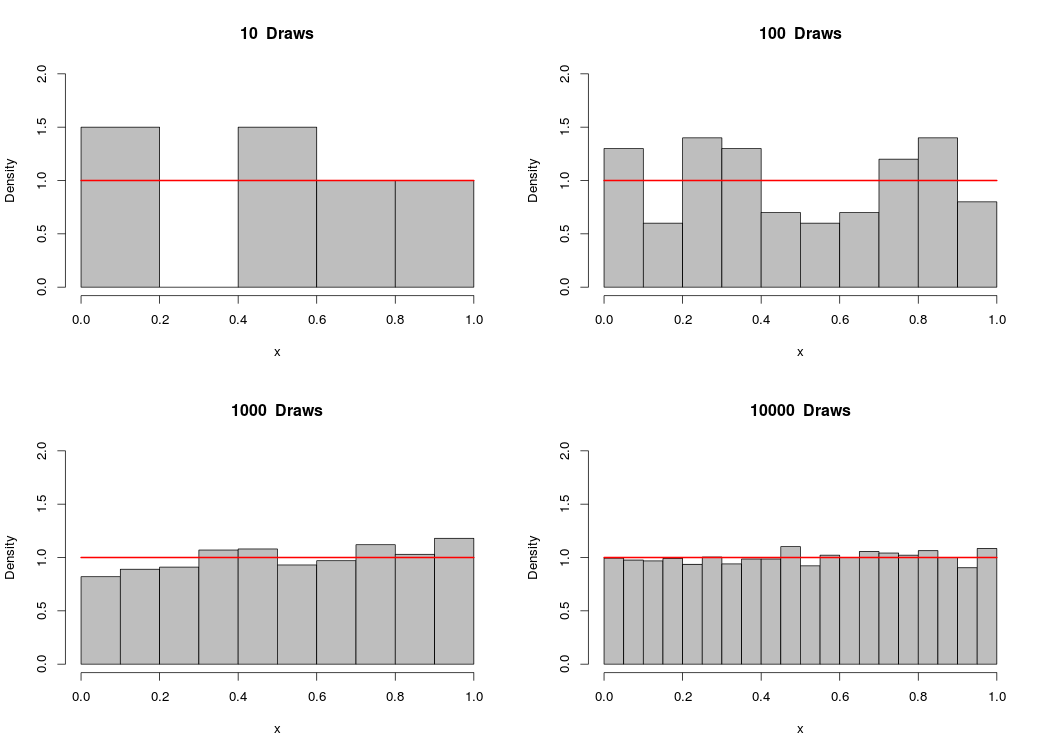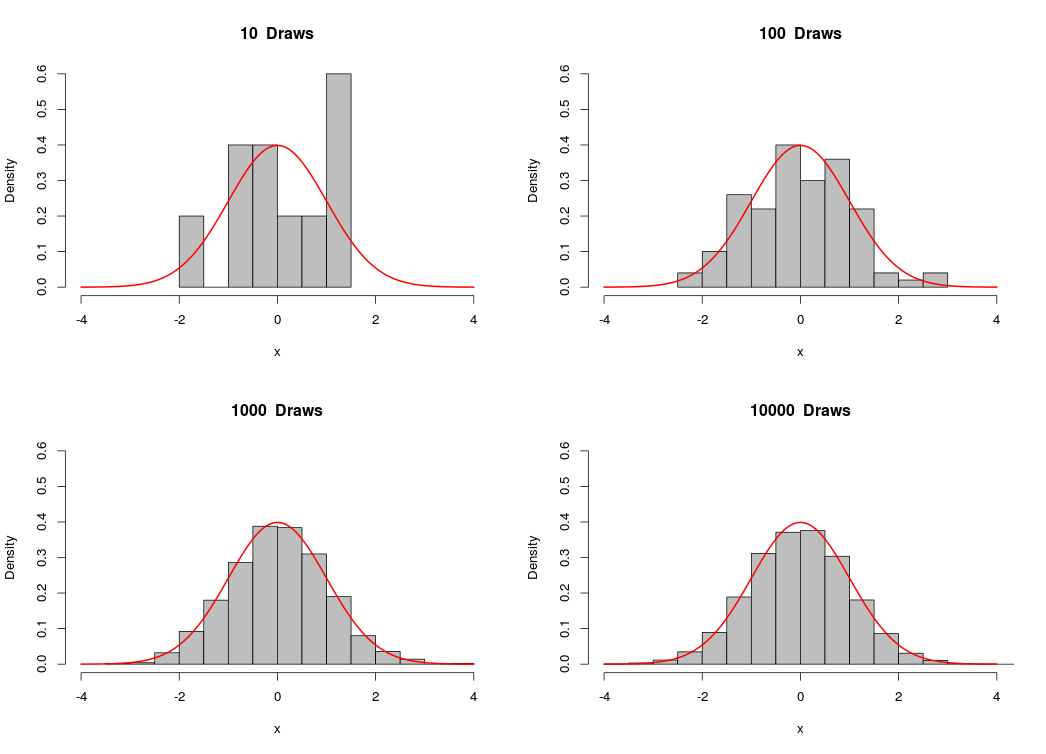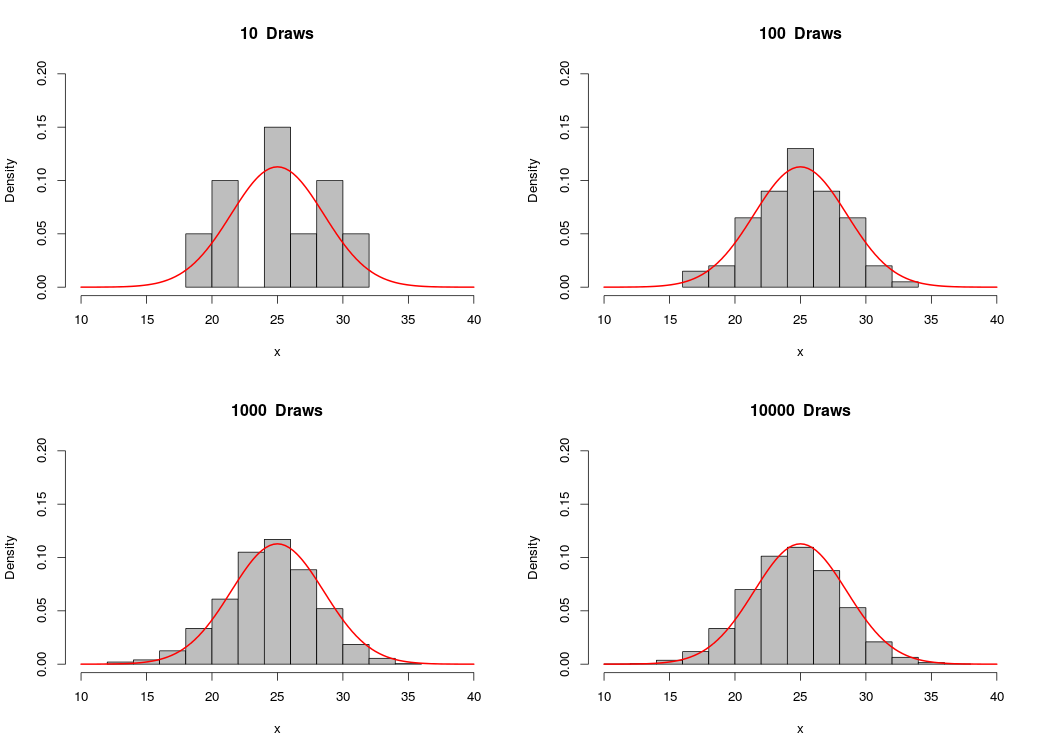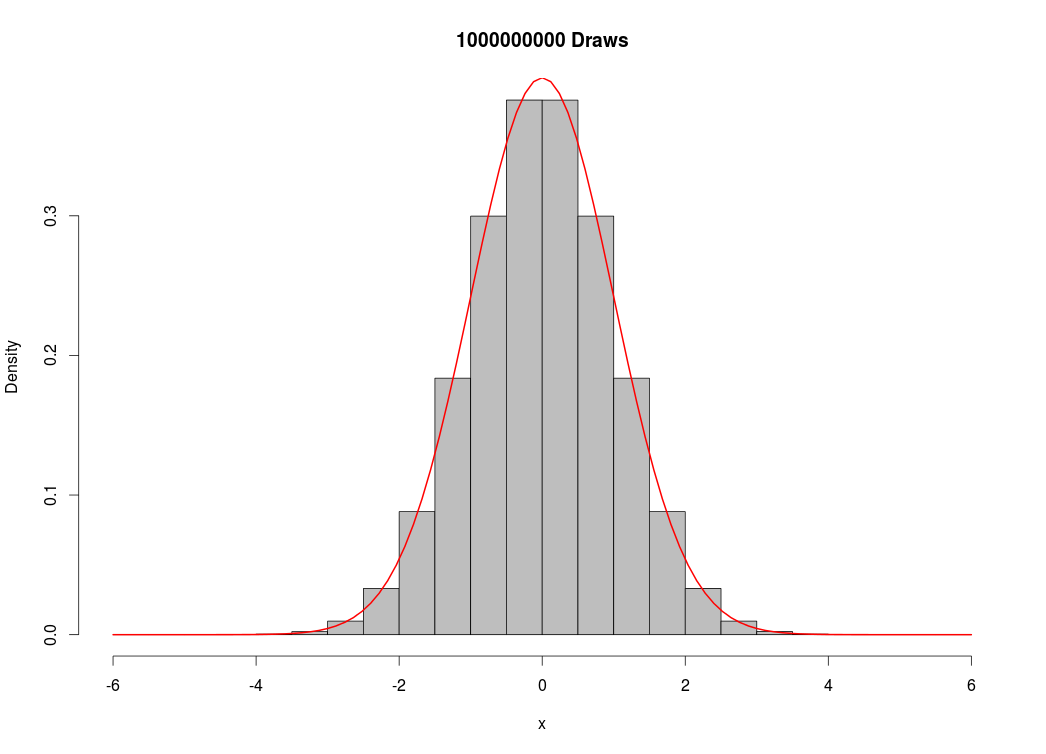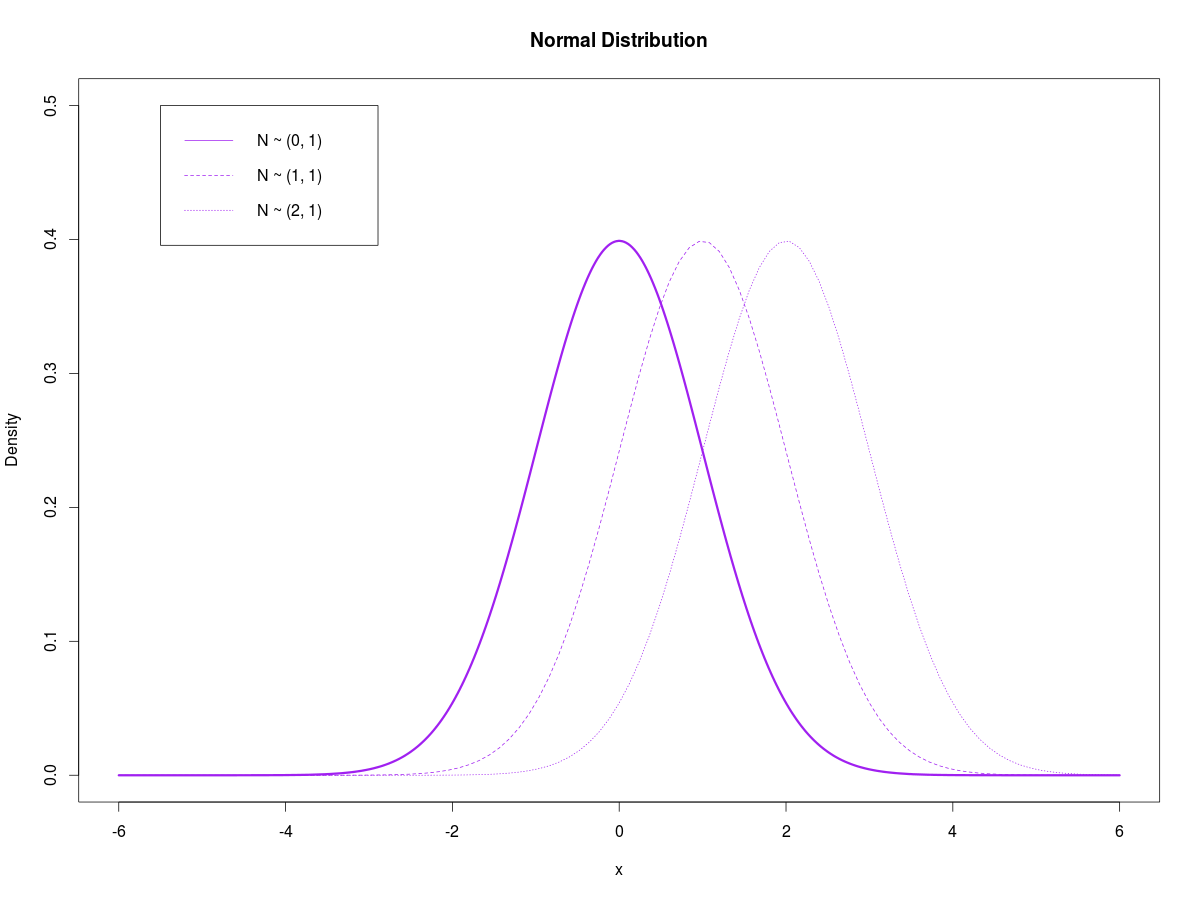I noticed that a lot of inbound traffic came from mobile devices, so I decided to take a look at the front page using my phone. Unfortunately, I couldn’t read a single thing since the site wasn’t mobile ready. Therefore, I installed a mobile plugin that lets people view the blog via their portable devices.
I’ve only been using a smartphone for a few months myself, so I am not all that familiar with the technology. Maybe I’ll make some adjustments as I get used to it, but for now this will do. One of the cool things about it is that it displays LaTeX quite well. For example, here’s an unimportant, meaningless matrix:
\[A_{m,n} = \begin{pmatrix} a_{1,1} & a_{1,2} & \cdots & a_{1,n} \\ a_{2,1} & a_{2,2} & \cdots & a_{2,n} \\ \vdots & \vdots & \ddots & \vdots \\ a_{m,1} & a_{m,2} & \cdots & a_{m,n} \end{pmatrix}\]
